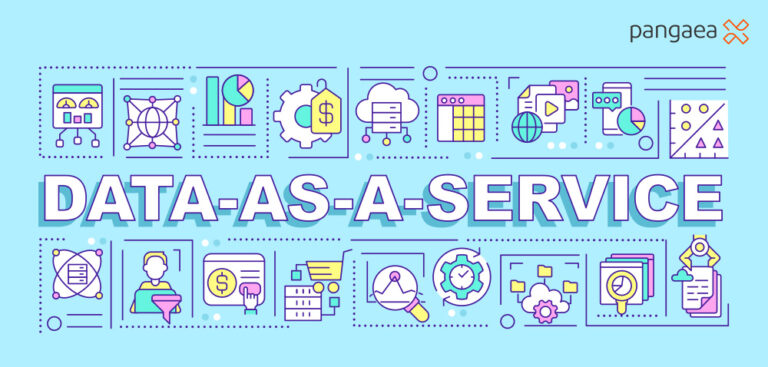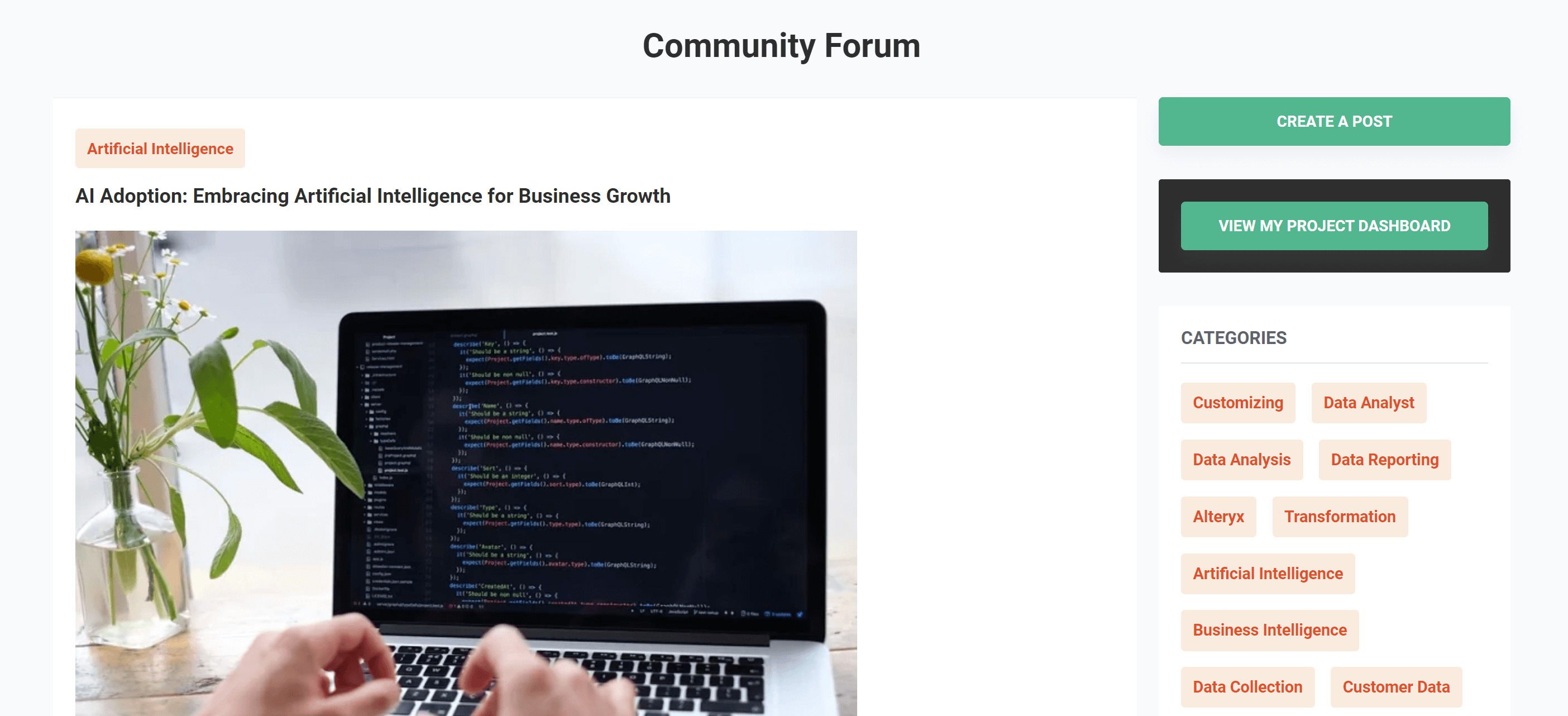The Execution Gap: Why Great Data Still Leads to Bad Decisions

Table of Content –
1. Introduction
2. What Is the Execution Gap and Why Does It Undermine Analytics?
3. Why Do Businesses Still Make Poor Choices Despite Great Data?
- Human Bias and Lack of Trust
- Poor Insight Communication
- Misalignment With Business Goals
- Silos and Ownership Gaps
- Low Data Literacy
- Information Overload and Inaction
4. What Happens When Data Insights Are Ignored or Unused?
- Wasted Analytics Investments
- Poor or Missed Decisions
- Cultural Disengagement and Cynicism
5. How Can You Turn Great Data Into Real Business Action?
- Begin With the Decision, Not the Data
- Turn Insights Into Clear Stories
- Integrate Insights Into Daily Workflows
- Build a Data-Literate Culture
- Make Someone Accountable
- Measure What Moves the Needle
- Bring in the Right Experts, On Demand
6. Conclusion
Introduction
In a world awash with high-quality data, many organizations still struggle to turn insights into decisions. This common problem is known as the execution gap—the disconnect between having good data and seeing real business outcomes.
Despite nearly 88% of companies prioritizing analytics investments (Gartner, 2025), only 24% identify as truly data-driven. This points to a deeper issue: even with more dashboards, reports, and insights, the decision-making quality remains unchanged for most businesses.
This blog unpacks why good data leads to poor decisions, how it frustrates both business leaders and analysts, and what it takes to close the execution gap and make data truly actionable.
What Is the Execution Gap and Why Does It Undermine Analytics?
The execution gap is the disconnect between data insights and real-world decisions. Often called the “last mile” problem in analytics, it describes how even advanced data analysis fails to prompt effective action. As experts say, “Data without action is just noise.”
In practice, this gap leads to missed opportunities, delayed responses, and poor decisions—even when the right data was available. Executives often face a frustrating paradox: despite investing in tools, dashboards, and data teams, decision quality does not improve as expected.
Research shows that only 20% of insights lead to actual outcomes, while 76% of analytics never link to day-to-day operations. The result? Insightful reports that sit idle, and strategic moves that never materialize.
For business leaders, this means wasted analytics investments and reliance on gut decisions. For data professionals, it’s the disappointment of seeing valuable work go unused.
Understanding this gap is the first step to closing it—and making data work for real business impact.
Why Do Businesses Still Make Poor Choices Despite Great Data?
Great data alone doesn’t ensure smart decisions. Even with accurate, abundant information, many organizations fall short due to multiple non-technical barriers. Here’s why:
1. Human Bias and Lack of Trust
People often favor instinct over insights. A 2025 study found that 62% of executives still rely on gut feeling. Cognitive biases, like confirmation bias, lead leaders to selectively trust data. Only 35% of executives trust their organization’s data (KPMG), causing key insights to be dismissed or ignored.
2. Poor Insight Communication
Technical dashboards don’t drive action. Executives want clear narratives, not spreadsheets. If insights aren’t translated into actionable recommendations, they go unused. One product team tracked 400+ metrics, but missed what mattered most—causing inaction due to data noise.
3. Misalignment With Business Goals
Analytics efforts often begin without a defined problem, leading to “analytics without purpose.” Accenture (2024) found that companies starting with a clear problem are 4.7× more likely to see impact. Without goal alignment, great data solves the wrong problems.
4. Silos and Ownership Gaps
When data teams and business units operate separately, insights don’t reach those who need them. Three out of four analytics projects never integrate into operations, and unclear ownership causes responsibility for action to vanish. Without workflow embedding, insights stall.
5. Low Data Literacy
Many staff don’t feel confident using analytics tools. According to LinkedIn’s 2025 report, 67% of analytics failures stem from poor user adoption, not tech flaws. Despite 94% of firms planning to grow data use, only 2% prioritize data literacy (MIT). Without training, even great tools go unused.
6. Information Overload and Inaction
Too much data can stall decisions. Overloaded teams face analysis paralysis, unable to filter the signal from noise. Long reports bury key insights, delaying action or leading to missed opportunities.
The Bottom Line:
When insights are distrusted, poorly communicated, misaligned with goals, or stuck in silos, businesses end up making costly, instinct-driven decisions. For leaders and analysts alike, the execution gap reflects a lost opportunity—where the value of data remains unrealized, despite its availability.
What Happens When Data Insights Are Ignored or Unused?
Bridging the execution gap isn’t optional—it’s essential. When insights fail to inform action, the impact is tangible across investment, culture, and competitive edge.
1. Wasted Analytics Investments
Despite billions spent globally on AI and big data, only ~25% of firms have built data-driven cultures (NewVantage Partners, MIT Sloan). Many leaders admit that progress is stagnating. The enthusiasm around analytics is fading as real business impact remains elusive, leaving a significant return on investment unrealized.
2. Poor or Missed Decisions
Neglecting insights can result in worse outcomes than having no data at all. A classic case: JCPenney’s sales plunge after its CEO ignored customer data and removed discounts based on intuition. On the other end, inaction is also a decision—failing to capitalize on trends or predictions means missed opportunities. Bain & Company notes: value lies in action, not data volume. Agile competitors often pull ahead by acting faster on smaller, more relevant insights.
3. Cultural Disengagement and Cynicism
When data teams see their insights ignored and leaders see no value in dashboards, trust erodes. Analysts disengage; managers revert to instinct. This creates a toxic loop where data feels academic and irrelevant, halting progress toward a truly data-driven culture. As highlighted in several 2024 reports, managerial resistance and cultural inertia are the biggest barriers to data adoption—not tech limitations.
The takeaway:
Without action, even the best data becomes a wasted asset. The longer the execution gap persists, the more deeply it undermines trust, ROI, and future readiness. Bridging it is no longer a competitive advantage—it’s a survival strategy.
How Can You Turn Great Data Into Real Business Action?
Closing the execution gap takes more than dashboards—it needs clear strategy, aligned culture, and smart processes. Here’s how to move from insight to impact:
1. Begin With the Decision, Not the Data
Start by asking: What decision will this insight drive?
Firms that frame analytics around a business goal are 4–5× more likely to see ROI. Instead of analyzing everything, define a precise question, e.g., “How can we retain high-value customers this quarter?” Purposeful analytics equals actionable outcomes.
2. Turn Insights Into Clear Stories
Executives need clarity, not complexity. Use data storytelling, short summaries, and visualizations to connect insights to business impact. Translate findings into plain language.
Roles like analytics translators help bridge technical analysis and business action—boosting adoption rates 2–3× in data-led companies.
3. Integrate Insights Into Daily Workflows
Deliver insights where action happens—inside CRMs, ops dashboards, and campaign tools.
Companies using embedded analytics see up to 70% more adoption (McKinsey).
Also, automate routine decisions: Gartner predicts 95% of data-backed decisions can be automated, streamlining execution and reducing lag.
4. Build a Data-Literate Culture
Data is a people issue. Train teams to question, interpret, and use data with confidence.
Encourage leaders to set the tone: ask “What does the data say?” in meetings.
Highlight wins. Address fears—data supports intuition; it doesn’t replace it.
MIT studies confirm: cultural barriers—not tools—are the top reason for analytics failure.
5. Make Someone Accountable
Every insight needs an owner. Assign an “Insight Owner” to track follow-through.
Form cross-functional teams (analyst + business lead) to co-own execution.
Tie usage to KPIs—e.g., “% of decisions informed by data.”
When people know they’re accountable, insights don’t get shelved.
6. Measure What Moves the Needle
Track the Insight-to-Action Ratio, how many insights lead to decisions.
Monitor decision velocity and impact KPIs post-implementation.
If 1 in 10 reports leads to action, that’s a red flag.
Get feedback on friction points (unclear insight, late delivery, no trust) and iterate.
7. Bring in the Right Experts, On Demand
Sometimes the gap isn’t in the data it’s in the capacity or expertise to act on it.
When internal teams are stretched or lack specialized skills, tapping into on-demand data professionals can help turn insights into outcomes.
These experts deliver strategic, actionable solutions especially when speed, clarity, or domain depth is essential.
Decision intelligence tools can also support smoother execution by embedding insights into everyday workflows.
The payoff?
By following these strategies, your analytics engine becomes a driver of results, not a reporting tool. You build a culture where data turns into action and outcomes.
Conclusion
The execution gap explains why even data-rich companies fall short. It’s not the lack of insights it’s the failure to act on them.
Today, closing that gap requires more than tech. It demands alignment across people, process, and culture. Businesses that succeed in embedding insights into decision-making see faster reactions, smarter bets, and measurable ROI.
At Pangaea X, we believe data should drive results not just reports. That’s why we help organizations find expert data talent who deliver clear, actionable solutions that align with business outcomes.
The future isn’t just about having better data. It’s about making better decisions and executing on them, fast.
Get your data results fast and accelerate your business performance with the insights you need today.



